This tiny gaming PC aims to give you a huge VR experience
Small case, big power
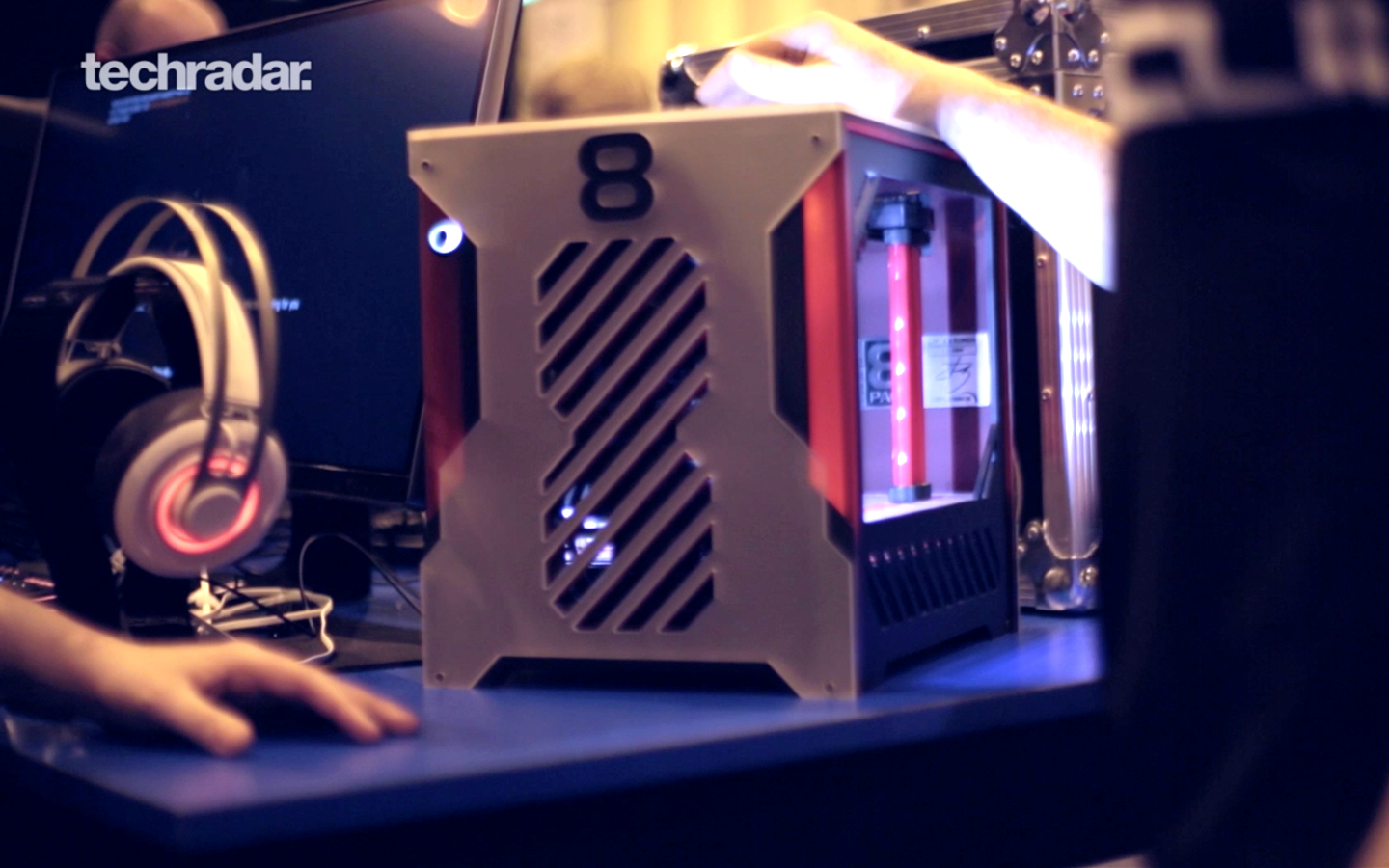
Building a VR-ready PC on a budget requires carefully selecting compatible components that are powerful enough but don't cost the earth. So what do you do when cost is an afterthought? Ian '8Pack' Parry, one of the world's top overclockers, set out to answer that question by building The Asteroid.
The latest machine in Stoke, UK-based Overclocker's 8Pack range of high-end gaming machines, The Asteroid is a mini-ITX system that's been designed from the ground up to eat VR games for breakfast while running silent and cool. And so it should, at £4,000 (around £$5,750 or AUS$7,500) – but at that price it's certainly not going to be for everyone.
8Pack is no stranger to building crazy-powerful PCs powered by multiple Nvidia GTX Titan X cards, but his latest creation presented an altogether different challenge: squeezing tons of power into a chassis small enough to slip into a flight case and take on the road.
So, what level of engineering goes into a compact, LAN-friendly, VR-ready David among Goliaths? Techradar caught up with 8Pack at the Insomnia 57 gaming festival to find out.
- Yes, it will probably run all of our best PC games...
Techradar: How is The Asteroid different to your average gaming PC?
8Pack: We set out to make the most powerful rig possible in the smallest footprint. To do that we had to integrate a lot of the water-cooling to within the case itself, not using big reservoirs that you'd usually see in tubes but within the case panels instead. Because we could only fit one Nvidia GTX 980 Ti in there, we overclocked it to 1450MHz on the core and 1900MHz on the memory. There's also a hyper-threaded quad-core Intel Core i7-6700K that we've taken from the basic clock of around 4GHz and pushed it up to at least 4.7GHz.
TR: How does the case support water-cooling?
Get daily insight, inspiration and deals in your inbox
Sign up for breaking news, reviews, opinion, top tech deals, and more.
8P: The Asteroid has been designed in a way that uses the case's plates to shuttle coolant fluid around the system's water-cooling components to keep the GPU and CPU cool. The fluid is stored in a reservoir at the top of the case. This method saves a lot of space, as you usually have to use tubing with bends in it, whereas we're using straight runs in the tubing – which also looks great.
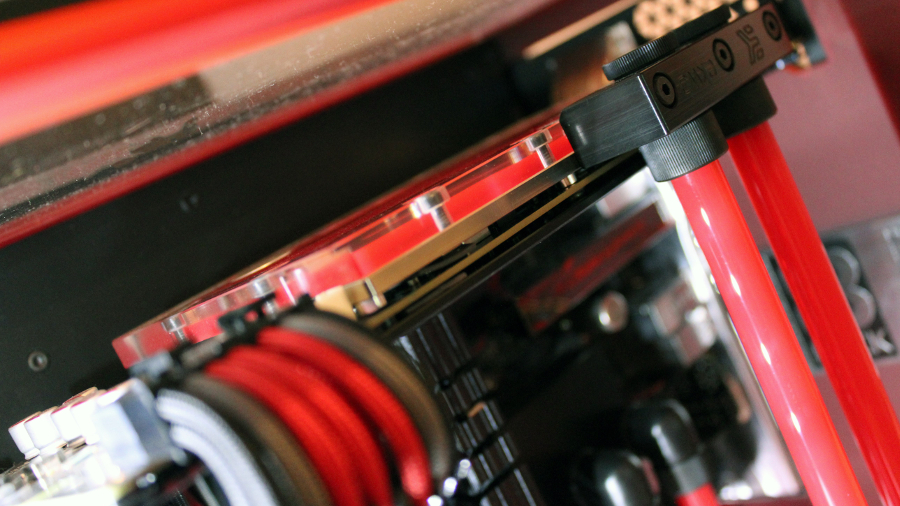
TR: In our review we highlighted the lack of an M.2 storage drive in the system. Can you explain why one wasn't included?
8P: There's no room on the inside for one, and no space on the motherboard for it. Checking out the machine it looks very uncluttered, but there's actually no room on the motherboard to put anything. More importantly, The Asteroid uses a high-quality sound solution, which is more important to gamers than M.2. They want to be able to hear their opponents' footsteps if they're going to be shot in the back, and special effects going on around them, so we included the Supreme FX audio sound rather than upgraded storage.
TR: Can anyone build a PC using this case?
8P: The case is generally not available. It's a modded Parvum case that's different to your usual aluminium model as it's made out of custom acrylic panels.
TR: How much do PC gamers care about design?
8P: A lot of people these days want a system that's very individual to themselves in terms of the look, so giving The Asteroid a great aesthetic was key. You can tailor its color scheme, change the color of the panels, the cabling and the fluid, all that kind of stuff.
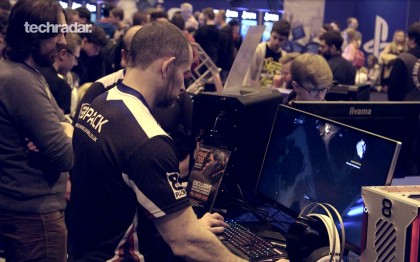
TR: Could you have made the PC any smaller?
8P: Of course it's possible, but the idea is to make it silent. It's about achieving a balance. To shuttle away heat with silence you need a minimum of two 240-mil radiators, which we have housed in the base of the unit. To make The Asteroid smaller you would need to spin the fans faster and it would become noisier. When it's not doing anything the fans shut off and stop spinning, so it's completely silent. When you're running games the fans are never spinning at more than 800rpm, which you can't hear on the desk next to you.
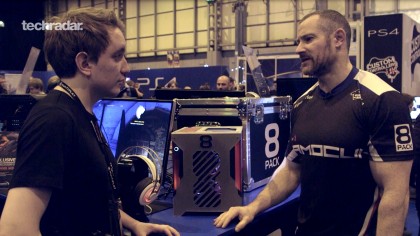
TR: How do you benchmark a machine like this and make sure it's ready for VR?
8P: We've been doing the standard 3DMark Fire Strike and Fire Strike Extreme tests, along with the SteamVR benchmark. At the moment there are no real VR benchmarks, though FutureMark are bringing out their VRMark test soon, which we'll use.
TR: What VR headsets have you been testing it with?
8P: We tested it with the second version of the Oculus Development Kit, and the Vive that we have at HQ. All 8Pack systems are way above the minimum requirement of a single GTX 970, so they're way above what's needed to run VR.
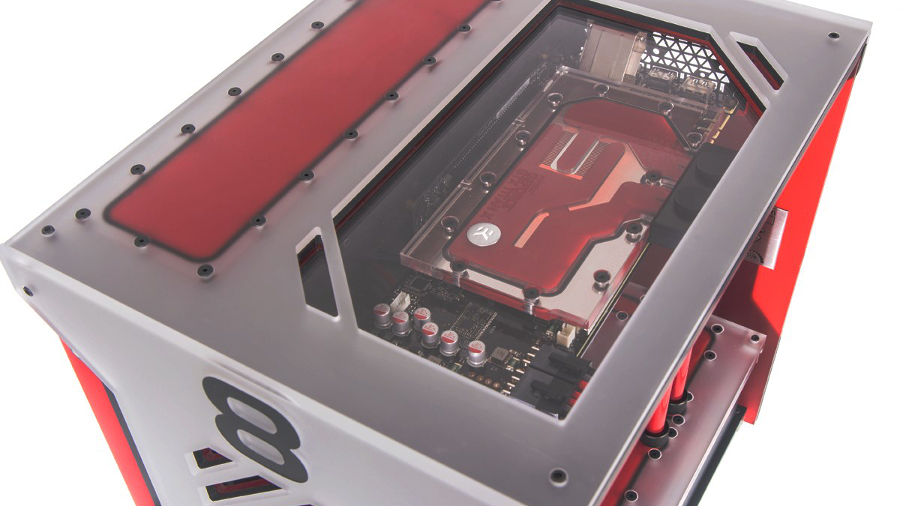
TR: What else can The Asteroid do?
8P: It's great at rendering, Photoshop, cinema-type stuff and video work, as the CPU is hyper-threaded, and the clock and memory speeds are high. You can upgrade the storage capacity and graphics card whenever a new one comes out too.
TR: How portable is it?
8P: It's tailored for LAN gaming being so portable, and it also comes in a flight case that has room for peripherals including a 22-inch monitor; you can also fit a keyboard, mouse and headset in there. The flight case is fully lockable – there's no way to secure the system, as you'd have to start drilling holes through the case. That wouldn't be so good for the aesthetics, and would make it difficult to customise the case.
